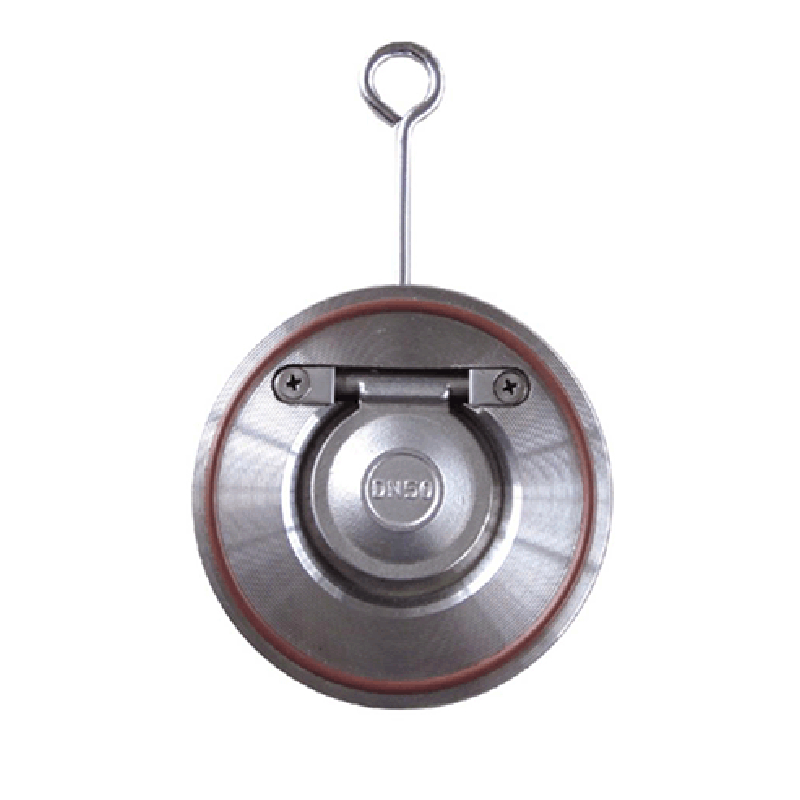ធ្នូ . 04, 2024 22:52 Back to list
electric cable wire
Understanding Electric Cable Wires A Comprehensive Guide
Electric cable wires are essential components in our modern electrical systems, playing a pivotal role in transmitting electrical power and signals. Whether in residential, commercial, or industrial settings, these wires are integral for the efficient operation of devices and systems. In this article, we will explore the fundamentals of electric cable wires, their types, applications, and best practices for use and installation.
What Are Electric Cable Wires?
Electric cable wires consist of one or more conductors that are insulated from each other and from the surrounding environment. The conductors are typically made from materials like copper or aluminum, known for their excellent electrical conductivity. Insulation materials, such as PVC (polyvinyl chloride), rubber, or PE (polyethylene), serve to protect the conductors from damage and to ensure the safety of users.
Types of Electric Cable Wires
Electric cable wires come in various types, each designed for specific applications. Here are some of the most common types
1. Non-Metallic Sheathed Cable (NM) Often used in residential construction, NM cable is lightweight and easy to install. It typically consists of two or more insulated conductors inside a plastic sheath.
2. Armored Cable (AC) This type of cable includes an additional layer of metal armor for protection against physical damage. AC cable is commonly used in industrial settings and locations where cables may be exposed to harsh conditions.
3. Underground Feeder (UF) Cable Designed for direct burial underground, UF cables are moisture-resistant and durable. They are used for outdoor lighting and other applications where protection from the elements is necessary.
4. Coaxial Cable A type of cable widely used for transmitting television signals and internet data. Coaxial cables have a central conductor surrounded by an insulating layer, a metallic shield, and an outer plastic sheath.
5. Twisted Pair Cable Commonly used in networking and telecommunications, twisted pair cables consist of pairs of wires twisted together to reduce electromagnetic interference. These cables can be unshielded (UTP) or shielded (STP), depending on the level of protection needed.
electric cable wire

Applications of Electric Cable Wires
Electric cable wires find applications across various sectors. In residential settings, they are used for wiring lighting fixtures, outlets, and appliances. In commercial buildings, cables ensure the functioning of HVAC systems, elevators, and security systems. Industrial applications include control systems, machinery wiring, and power distribution. Furthermore, specialized cables, such as fiber optic cables, are essential for high-speed data transmission in telecommunications.
Best Practices for Installation and Use
To ensure safety and longevity, it is crucial to follow best practices when installing and using electric cable wires
1. Choose the Right Type of Cable Assess the specific needs of your project and select an appropriate cable type that meets the required voltage and environmental conditions.
2. Follow Electrical Codes Adhere to local building and electrical codes during installation. This ensures safety and compliance with regulations.
3. Use Appropriate Tools Invest in quality tools for cutting, stripping, and terminating wires. Proper tools help to prevent damaging the conductors and ensure secure connections.
4. Conduct Regular Inspections Regularly inspect cables for signs of wear, damage, or exposure to moisture. Promptly replace any damaged cables to avoid hazards.
5. Avoid Overloading Circuits Ensure that the load on the cables does not exceed their capacity to prevent overheating and potential fires.
Conclusion
Electric cable wires are a fundamental aspect of our electrical infrastructure, enabling seamless power transmission and communication. Understanding the different types of cables and their applications helps in making informed decisions for installations and repairs. By adhering to best practices, we can ensure the safety and efficiency of our electrical systems, ultimately contributing to a more reliable and sustainable environment. Whether you are a DIY enthusiast or a professional electrician, having a solid grasp of electric cable wires is vital for success in any electrical project.
Share